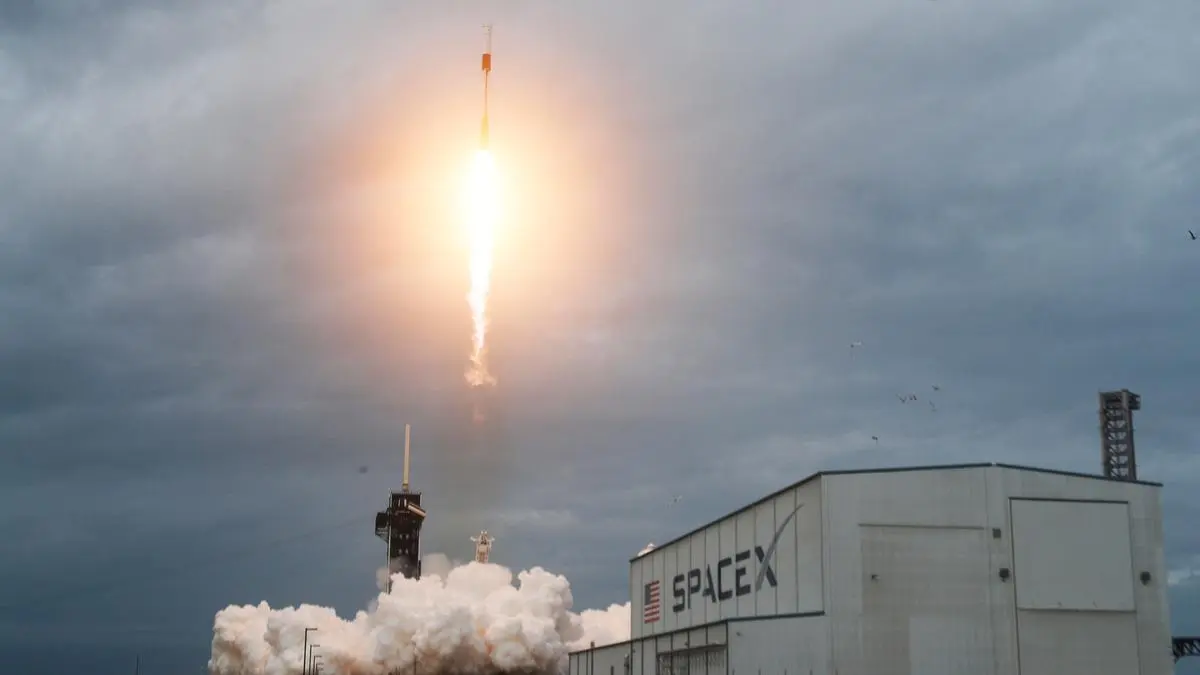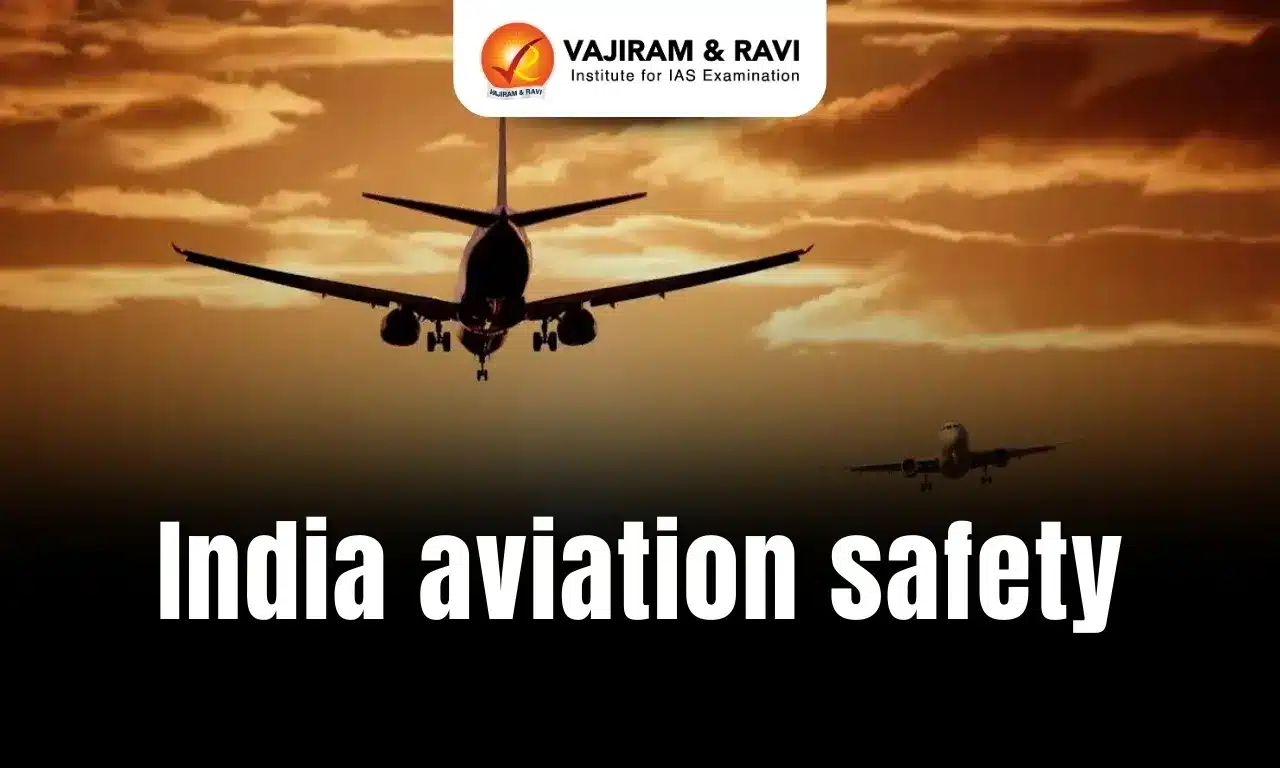What’s in today’s article?
- Why in the News?
- About Axiom-4 Mission
- Mission Objectives
- Key Features
- About International Space Station (ISS)
- Participating Space Agencies
- News Summary
Why in the News?
- As a part of the Axiom-4 mission, the Indian Space Research Organisation (ISRO) has shortlisted two of its four trained Gaganyaan astronauts to travel to the International Space Station (ISS).
About Axiom-4 Mission
- Axiom Mission 4 (or Ax-4) is a private spaceflight to the International Space Station.
- It is operated by Axiom Space and uses a SpaceX Crew Dragon spacecraft.
- The flight is in collaboration with NASA and will be the fourth flight of Axiom Space after Axiom Mission 1, Axiom Mission 2 and Axiom Mission 3.
- Scheduled to launch in 2024, Axiom-4 will continue the company’s pioneering efforts to establish a sustainable human presence in Low Earth Orbit (LEO).
Mission Objectives
- Commercial Space Endeavours:
- Axiom-4 aims to facilitate commercial activities in space, including scientific research, technological development, and space tourism.
- The mission will help demonstrate the viability of commercial space stations as a platform for business and innovation.
- International Collaboration:
- Axiom-4 is set to carry a diverse crew of astronauts from different countries, reflecting the growing international interest in space exploration.
- This mission will strengthen partnerships between nations and contribute to global space initiatives.
- Research and Development:
- The mission will support various scientific experiments and technological tests in the unique microgravity environment of space.
- Research areas include materials science, biology, Earth observation, and more, with the potential to yield groundbreaking discoveries and innovations.
Key Features
- Spacecraft and Crew:
- The mission will use a SpaceX Dragon spacecraft, launched atop a Falcon 9 rocket.
- The crew will consist of professional astronauts and private individuals, including researchers and potentially tourists, who have undergone rigorous training for the mission.
- Duration and Activities:
- Axiom-4 is expected to be a short-duration mission, lasting approximately 14 days.
- During their time aboard the International Space Station (ISS), the crew will conduct scientific experiments, perform technology demonstrations, and engage in educational outreach.
- Commercial Space Station Development:
- Axiom Space’s long-term vision includes building the world’s first commercial space station.
- The Axiom-4 mission is part of the company’s broader plan to eventually transition from the ISS to their own independent orbital outpost.
About International Space Station (ISS)
- International Space Station is a modular space station launched in 1998.
- Modular stations can allow modules to be added to or removed from the existing structure, allowing greater flexibility.
- It is a large laboratory in space that allows astronauts to come aboard and stay for weeks or months to carry out experiments in microgravity.
- The first crew on the ISS arrived on November 2, 2000.
- Objective:
- To conduct scientific research in astrobiology, astronomy, meteorology, physics, and other fields.
- It is the largest artificial object in space.
- It circles the Earth in roughly 93 minutes, completing 15.5 orbits per day.
- Currently, the ISS has eight solar arrays generating about 160 kilowatts of power total.
- Altitude: 400 km
Participating Space Agencies
- It is a multinational collaborative project involving five participating space agencies:
- National Aeronautics and Space Administration (USA)
- Roscosmos State Corporation for Space Activities (Russia)
- Japan Aerospace Exploration Agency (Japan)
- European Space Agency (Europe)
- Canadian Space Agency (Canada)
- The station is divided into two sections:
- The Russian Orbital Segment (ROS) – Operated by Russia,
- The United States Orbital Segment (USOS) – Operated by the US as well as many other nations.
- The ownership & use of the space station is established by intergovernmental treaties & agreements.
News Summary
- As a part of the Axiom-4 mission, the Indian Space Research Organisation (ISRO) has shortlisted two of its four trained Gaganyaan astronauts to travel to the International Space Station (ISS).
- However, only one of the shortlisted astronauts will go on the mission which is supposed to take place “no earlier than October 2024,”.
- The astronauts will have to go to the United States ahead of the mission to train on the specifics of the ISS.
Q1. What is the Lower Orbit of the Earth?
Low-Earth Orbit (LEO) is an orbit with altitude ranging from 200–300 km to 1600 km. In LEO, particles of different origin are encountered: protons, electrons, heavy ions, neutrons, and others.
Q2. What is Lagrange Point in simple words?
Lagrange Points are positions in space where the gravitational forces of a two-body system like the Sun and Earth produce enhanced regions of attraction and repulsion. These can be used by spacecraft as “parking spots” in space to remain in a fixed position with minimal fuel consumption.
Last updated on August, 2025
→ UPSC Mains Admit Card 2025 has been released on 14th August at www.upsc.gov.in.
→ UPSC Mains 2025 will be conducted on 22nd August 2025.
→ UPSC Notification 2025 was released on 22nd January 2025.
→ UPSC Calendar 2026 is released on 15th May, 2025.
→ UPSC Prelims Question Paper 2025 and Unofficial Prelims Answer Key 2025 are available now.
→ UPSC Prelims Result 2025 is out now for the CSE held on 25 May 2025.
→ The UPSC Vacancy 2025 were released 1129, out of which 979 were for UPSC CSE and remaining 150 are for UPSC IFoS.
→ UPSC Prelims 2026 will be conducted on 24th May, 2026 & UPSC Mains 2026 will be conducted on 21st August 2026.
→ The UPSC Selection Process is of 3 stages-Prelims, Mains and Interview.
→ UPSC Result 2024 is released with latest UPSC Marksheet 2024. Check Now!
→ UPSC Toppers List 2024 is released now. Shakti Dubey is UPSC AIR 1 2024 Topper.
→ Also check Best IAS Coaching in Delhi














